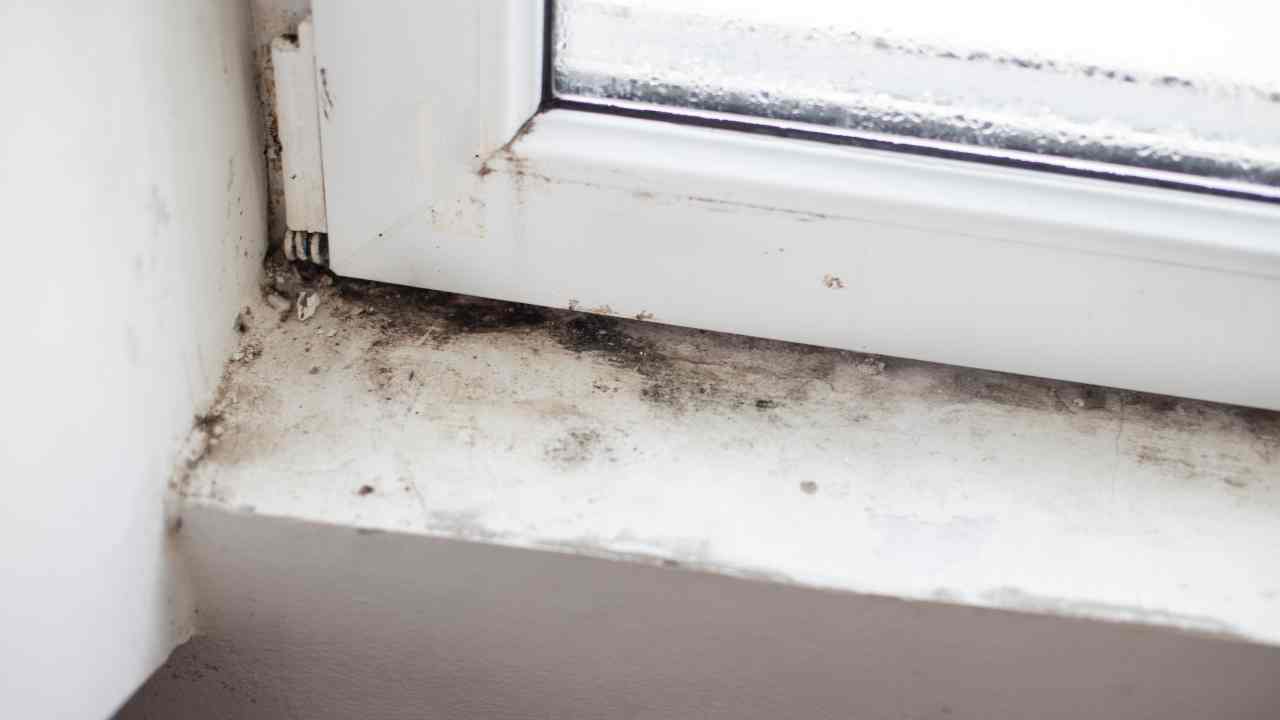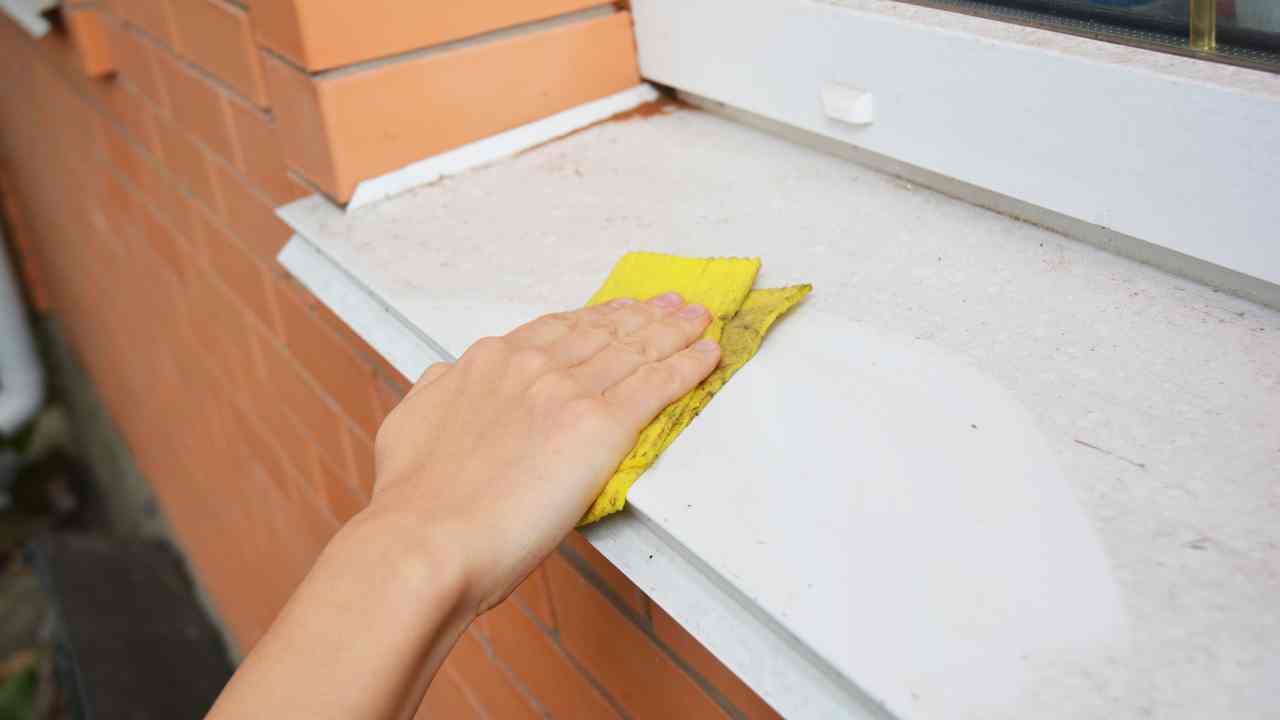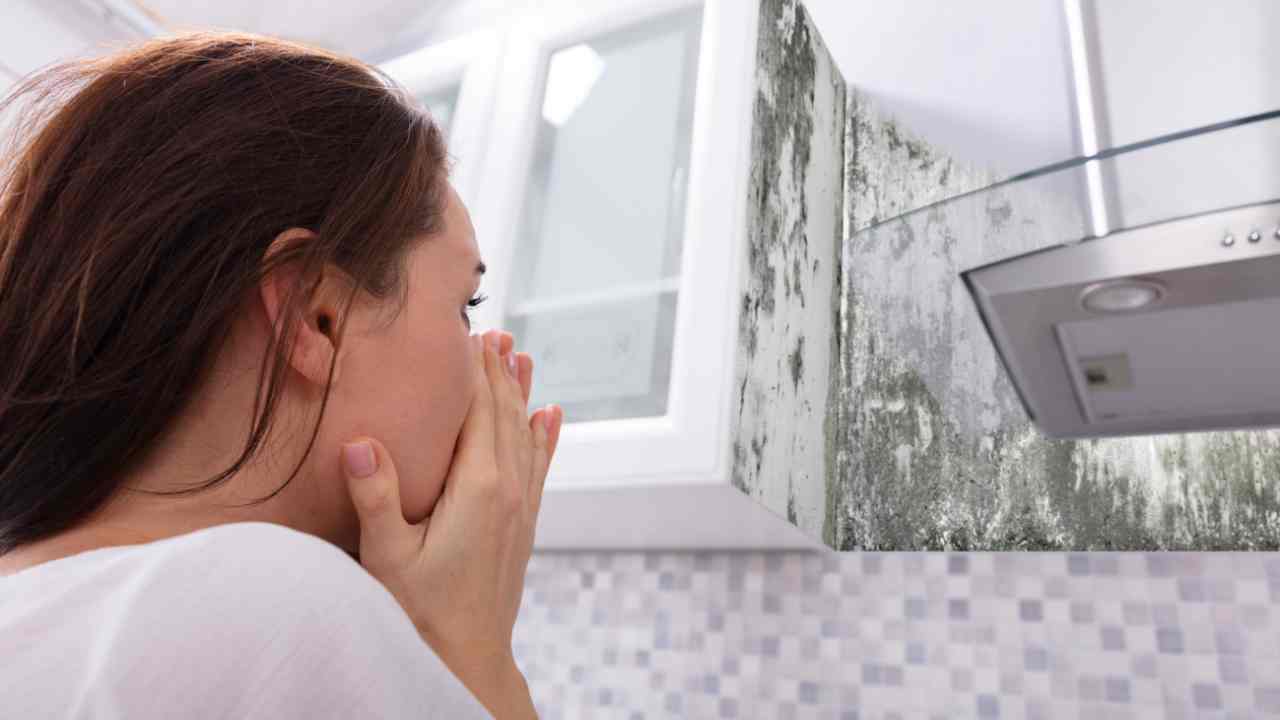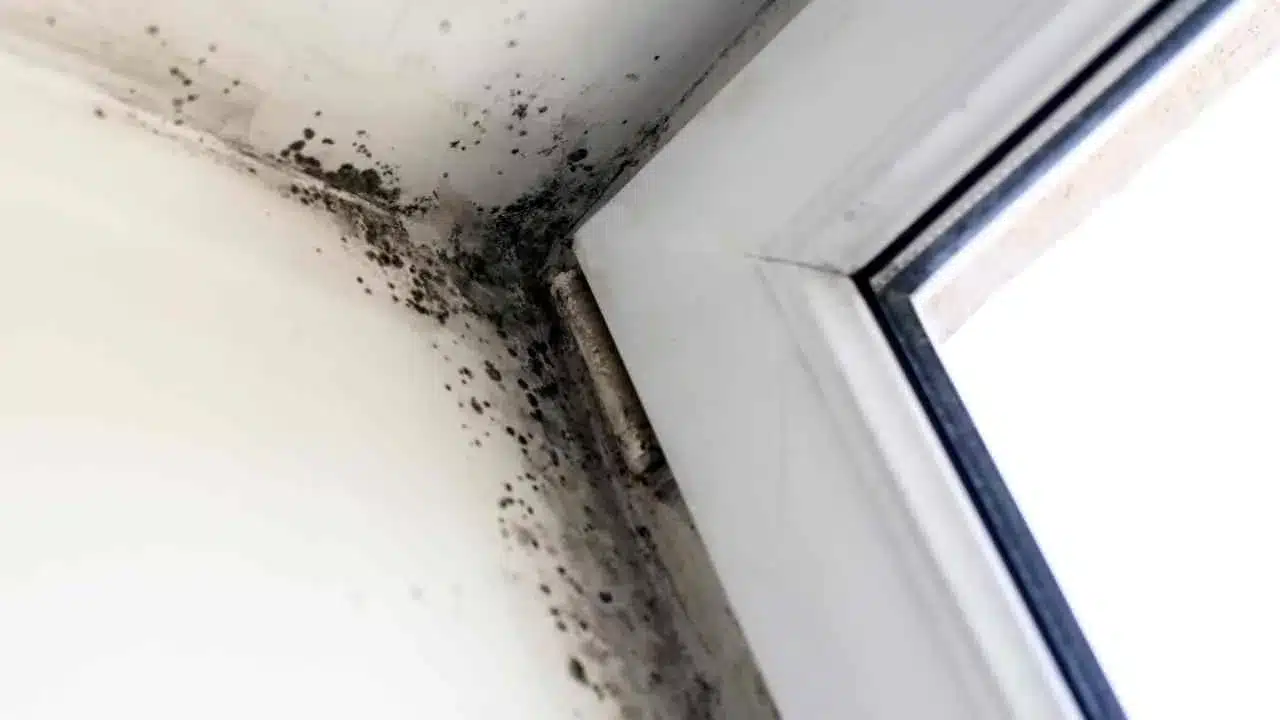8 How to Best Prevent and Remove Mold on Window Sills Tips
Learn how to get rid of mold on window sills, prevent future mold growth, and keep your home healthy and free from dangerous molds. Follow our comprehensive guide to tackle mold on window sills effectively.
Table of Contents
Introduction
Mold on window sills is a common problem in many households. It can not only damage your window sills and frames but also poses potential health risks. This article provides a comprehensive guide on how to remove and prevent mold on window sills and maintain a healthy living environment.

The Causes of Mold on Window Sills
Moisture and humidity are the primary factors leading to mold on window sills. Condensation often forms on windows during colder months, providing the perfect environment for mold to thrive. Inadequate ventilation, high indoor humidity, and lack of sunlight can also contribute to mold on window sills.
Identifying Different Types of Mold on Window Sills
There are several types of mold that can grow on window sills, including green mold, black mold, and other less common varieties. Identifying the type of mold on window sills present in your home can help determine the most effective removal and prevention methods.
How to Remove Mold on Window Sills
- To remove mold on window sills, first, put on protective gloves and a mask to prevent direct contact with mold spores. Ventilate the area to minimize exposure to mold spores.
- Mix a solution of warm water and mild detergent, or use a commercial mold removal product, and apply it to the mold on window sills using a sponge or cloth. Scrub the area thoroughly to remove all mold and stains.
- Rinse the window sill with clean water and dry it completely using a clean cloth or paper towel. Ensure that no moisture remains, as this could lead to further mold growth.
- If the mold on window sills is persistent, use a stronger solution such as a mixture of water and bleach or an over-the-counter mold removal product specifically designed for stubborn mold.

How to Prevent Mold Growth on Window Sills
- Regularly clean your window sills and frames to prevent the buildup of dirt and moisture that can lead to mold on window sills.
- Improve ventilation in your home by opening windows, using exhaust fans, or installing an air exchange system.
- Monitor indoor humidity levels and use a dehumidifier if necessary to maintain an optimal humidity level of 30% to 50%.
- Insulate your windows to reduce condensation, which can lead to mold on window sills.
Mold on window sills can indeed pose potential health risks if left unaddressed. The presence of mold on window sills indicates excessive moisture and poor ventilation in the affected area, leading to the growth of various mold species. Some types of mold produce allergens, irritants, or toxic substances called mycotoxins, which can cause health issues for people exposed to them.

Prolonged exposure
Prolonged exposure to mold on window sills can lead to various health problems, especially for individuals with allergies, asthma, or weakened immune systems. Common symptoms associated with mold exposure include sneezing, nasal congestion, itchy eyes, and skin irritation. In more severe cases, exposure to mold on window sills can exacerbate respiratory conditions, such as asthma, and cause difficulty in breathing.
It is crucial to identify and address mold on window sills promptly, as mold spores can easily become airborne and spread throughout the home. By tackling mold growth on window sills, you not only protect the structural integrity of your home but also safeguard the health of its occupants.
Control moisture levels
Preventing mold on window sills requires consistent effort to control moisture levels, improve ventilation, and maintain cleanliness. By being proactive in preventing mold growth on window sills, you can effectively mitigate the potential dangers posed by mold and create a healthier living environment for you and your family.
In summary, mold on window sills can indeed be dangerous if left untreated. It is essential to take action to remove mold from window sills and implement preventive measures to avoid future mold growth. Regular maintenance and vigilance are crucial in maintaining a mold-free and healthy home.
Are Moldy Window Sills Dangerous?
Mold on window sills can be hazardous, as it can adversely impact the health of the occupants, particularly those with compromised immune systems or existing respiratory conditions. Mold thrives in damp, poorly ventilated environments, and window sills are a common area where moisture accumulates, providing an ideal breeding ground for mold growth.
Various mold species produce allergens, irritants, or toxic substances called mycotoxins, which can cause health problems if inhaled or come into contact with skin. Exposure to mold on window sills can trigger allergic reactions in sensitive individuals, leading to symptoms such as sneezing, runny nose, red eyes, and skin rash. In more severe cases, mold exposure can aggravate respiratory conditions like asthma and cause shortness of breath or chest tightness.
Black Mold
Mold on window sills can also be particularly harmful to infants, young children, elderly individuals, and people with compromised immune systems. These vulnerable populations are at a higher risk of experiencing health issues as a result of mold exposure. Additionally, certain types of mold, such as Stachybotrys chartarum (commonly known as “black mold”), produce mycotoxins that can lead to more severe health effects, including neurological problems and, in extreme cases, even death.
Identify the Source
It is essential to identify and address mold on window sills promptly to minimize potential health risks. Mold spores can become airborne and circulate throughout the home, contaminating other areas and increasing the risk of exposure. Removing mold from window sills and implementing preventive measures can help protect the health of your household.
In conclusion, mold on window sills can indeed be dangerous, posing significant health risks to those exposed to it. To prevent mold growth and protect the health of your family, it is crucial to maintain a dry, well-ventilated environment and promptly address any signs of mold on window sills.
Mold on Window Frames: A Related Issue
Mold on window frames is another concerning issue that homeowners should be aware of, as it can lead to similar health risks and structural problems as mold on window sills. Mold growth on window frames is often caused by the same factors, such as excessive moisture, high humidity, and inadequate ventilation. Ensuring that your window frames remain dry and well-maintained can help prevent mold growth and protect your home and family from the associated risks.
Just like mold on window sills, mold on window frames can cause health problems for the occupants of the house. Exposure to mold spores can trigger allergies, respiratory issues, and even more severe health complications in vulnerable individuals. If you notice any signs of mold on your window frames, it’s essential to take immediate action to remove it and prevent it from spreading to other areas of your home.
Damage over time
Mold on window frames can also damage the structure of your windows and home. Over time, mold can weaken the wooden frames, causing them to rot and deteriorate. This can lead to poor window performance, drafty rooms, and increased energy costs due to heat loss. Additionally, moldy window frames can be unsightly and lower the overall aesthetic appeal of your home.
To address mold on window frames, you can use similar cleaning and removal techniques as you would for mold on window sills. Some effective methods include using a mixture of water and mild detergent, a solution of bleach and water, or commercial mold removal products. It’s crucial to wear appropriate personal protective equipment, such as gloves, goggles, and a mask, while cleaning moldy window frames to minimize exposure to mold spores.
Regular inspection
Preventing mold growth on window frames involves maintaining a dry, well-ventilated environment and regularly inspecting your windows for signs of moisture or mold. Some preventive measures include using a dehumidifier to control humidity levels, ensuring proper ventilation, sealing any gaps or cracks in the window frames, and wiping away condensation as soon as it forms.
In summary, mold on window frames is a related issue that homeowners should address alongside mold on window sills. Both can lead to health risks and structural damage if left untreated. By taking proper preventive measures and addressing any mold growth promptly, you can protect your home and family from the dangers associated with mold on window frames.
FAQ
Q: How do you get rid of mold on window sills?
A: To get rid of mold on window sills, use a mixture of water and mild detergent, a solution of bleach and water, or commercial mold removal products. Be sure to wear appropriate personal protective equipment, such as gloves, goggles, and a mask, to minimize exposure to mold spores. Scrub the moldy area thoroughly, then rinse and dry the surface completely. Dispose of any cleaning materials used in the process to prevent further mold spread.
Q: Is it normal for mold to grow on window sills?
A: While mold growth on window sills is not uncommon, it is not considered “normal” and should be addressed promptly. Mold growth is usually due to excessive moisture, high humidity, and inadequate ventilation. Taking steps to reduce humidity and moisture levels and improving ventilation can help prevent mold growth on window sills.
Q: Is window sill mold toxic?
A: Some types of mold can produce mycotoxins, which can be harmful to humans and pets when ingested, inhaled, or come into contact with skin. However, not all mold is toxic. The health risks associated with mold on window sills will depend on the specific mold species and the individual’s sensitivity to mold exposure. People with allergies, asthma, or compromised immune systems may be more susceptible to health issues related to mold exposure.
Q: Why am I getting mold on my windows?
A: Mold growth on windows typically occurs due to a combination of moisture, warmth, and poor ventilation. Common causes include condensation forming on window panes and sills, high indoor humidity levels, and inadequate air circulation. Addressing these issues and maintaining a dry, well-ventilated environment can help prevent mold growth on your windows.
Conclusion
Preventing and removing mold on window sills is essential for maintaining a healthy living environment. By following the steps outlined in this guide, you can effectively address mold issues in your home and prevent future growth. Regular cleaning, proper ventilation, and humidity control are crucial factors in keeping your window sills and frames mold-free. Stay vigilant and proactive in tackling mold, ensuring a safe and healthy space for you and your family.
Check out more cleaning best practices here!







